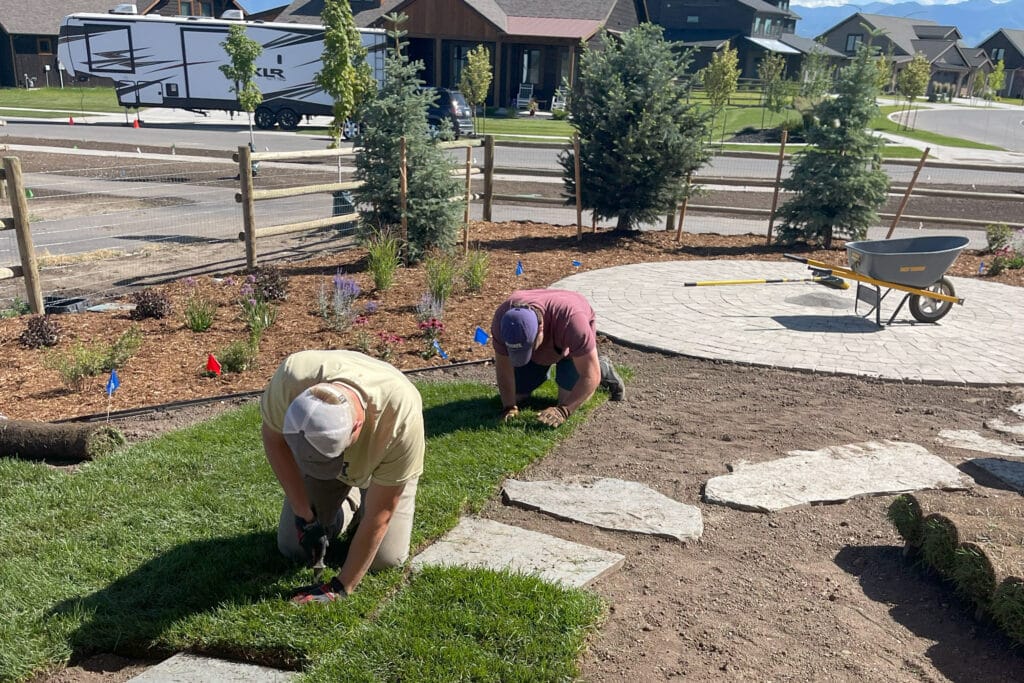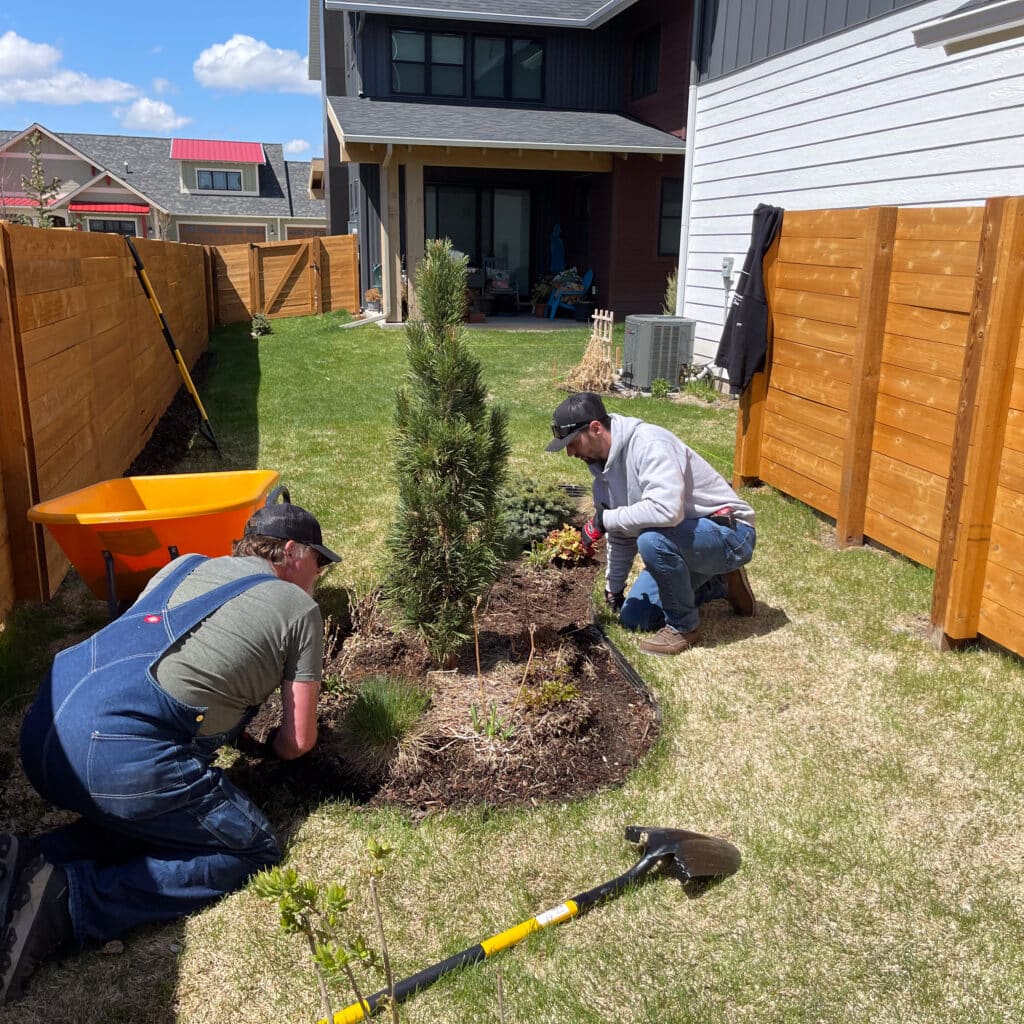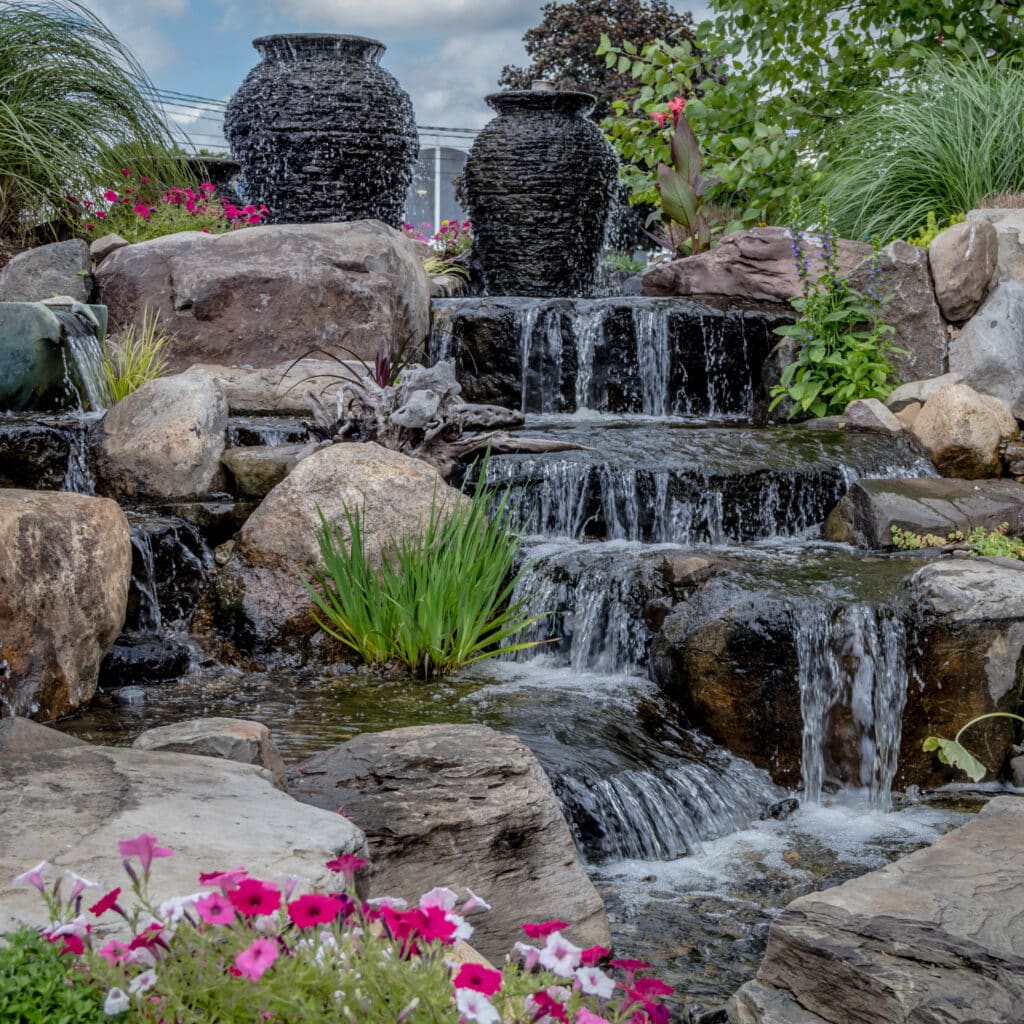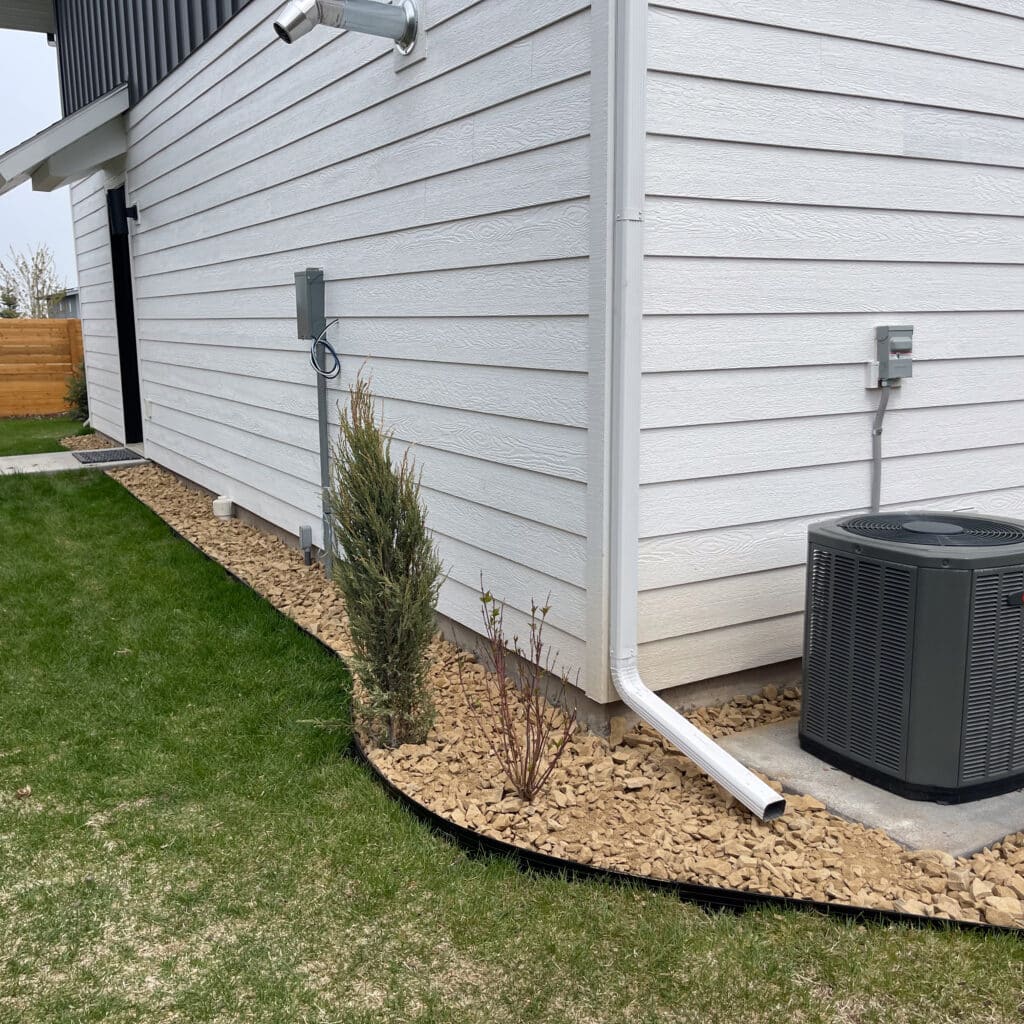Hardscaping adds durability, defines outdoor spaces, and requires less ongoing maintenance for commercial properties.
Hardscaping offers numerous benefits for commercial properties, enhancing both functionality and aesthetic appeal. Here are some key advantages of incorporating hardscaping elements into commercial landscapes:
Functional Benefits
1. Low Maintenance
Reduced Landscaping Maintenance: Hardscaping requires less maintenance compared to traditional landscaping with grass and plants. This can lead to cost savings and reduced reliance on landscaping maintenance.
Durable Materials: The use of durable materials such as concrete, pavers, and stone ensures longevity and minimizes the need for frequent replacements or repairs.
2. Increased Functionality
Usable Outdoor Spaces: Hardscaping creates functional outdoor spaces that can be utilized for various purposes, including seating areas, dining spaces, or employee break areas.
Event Hosting: Commercial properties with hardscaped areas can host outdoor events, conferences, or gatherings, expanding the functionality of the space.

3. Space Optimization
Maximized Usable Space: Hardscaping allows for the optimization of outdoor spaces, turning previously unused areas into functional and aesthetically pleasing zones.
Multi-Functional Areas: Outdoor spaces can be designed to serve multiple functions, such as employee recreation, client meetings, or outdoor events.
4. Cost-Effective Solutions
Long-Term Investment: While initial costs may be involved, hardscaping is often a long-term investment with minimal ongoing maintenance costs compared to traditional landscaping.
Reduced Watering and Irrigation Costs: Hardscaped areas require less water, contributing to water conservation efforts and reducing irrigation costs.
5. Accessibility and Safety
ADA Compliance: Hardscaping can be designed to meet ADA (Americans with Disabilities Act) requirements, ensuring accessibility for individuals with disabilities.
Safe Walkways and Paths: Well-designed hardscaped walkways and paths contribute to a safe and easily navigable environment for employees, customers, and visitors.
6. Increased Property value
Positive Asset Value: Well-executed hardscaping projects can increase the overall value of the commercial property, potentially leading to higher resale or rental values.
Attractive to Investors: Commercial properties with appealing hardscaped features are often more attractive to investors, tenants, and buyers.
7. Versatility in Design
Customization: Hardscaping allows for customization to match the specific needs and aesthetic preferences of the commercial property. Custom designs can enhance the uniqueness of the space.
Branding Elements: Elements such as custom signage, outdoor branding, or logo imprints can be integrated into hardscaping designs to reinforce the commercial identity.
8. Year-Round Usability
All-Season Functionality: Hardscaping allows for year-round use of outdoor spaces, providing employees and visitors with outdoor areas for relaxation, meetings, or events regardless of the season.
Snow and Ice Management: Properly designed hardscaping can facilitate efficient snow and ice management, ensuring safe and accessible outdoor areas during winter months.
Additional Benefits
1. Enhanced Curb Appeal
Professional Image: Well-designed hardscaping creates a polished and professional appearance for commercial properties, making a positive first impression on clients, customers, and visitors.
Branding Opportunities: Hardscaping elements can be designed to incorporate brand colors, logos, or themes, reinforcing the identity of the commercial property.
2. Environmental Sustainability
Permeable Surfaces: Permeable hardscaping materials, such as permeable pavers, allow water to infiltrate the ground, reducing stormwater runoff and promoting environmental sustainability.
Drought-Tolerant Landscaping: Hardscaping can be complemented with drought-tolerant landscaping practices, contributing to water conservation efforts.
In summary, hardscaping offers commercial properties a range of benefits, from creating an appealing and professional image to providing functional and low-maintenance outdoor spaces. By carefully integrating hardscaping elements into the overall landscape design, commercial properties can enhance their overall attractiveness, functionality, and value.



